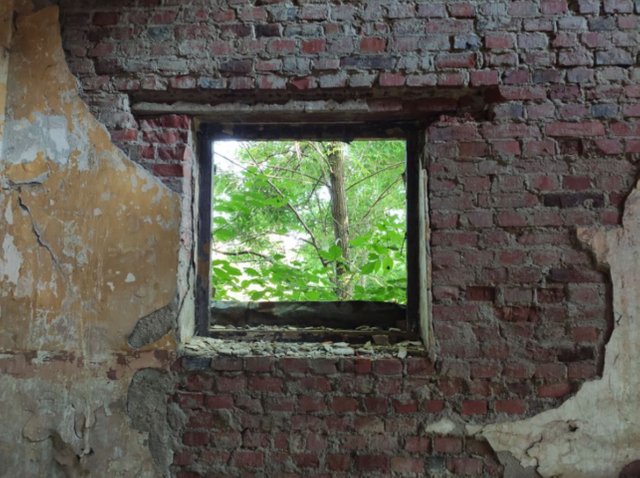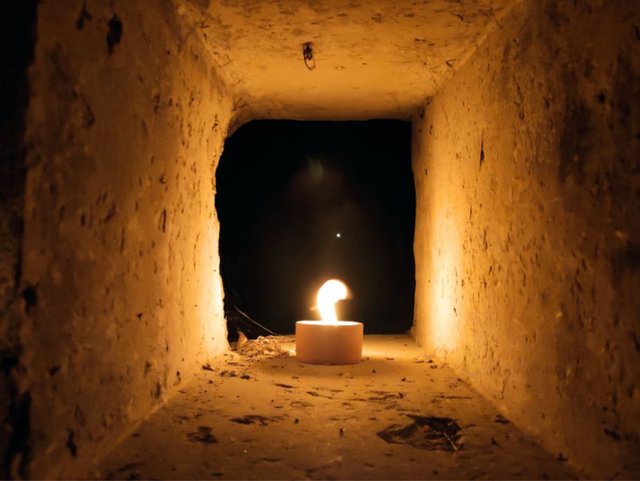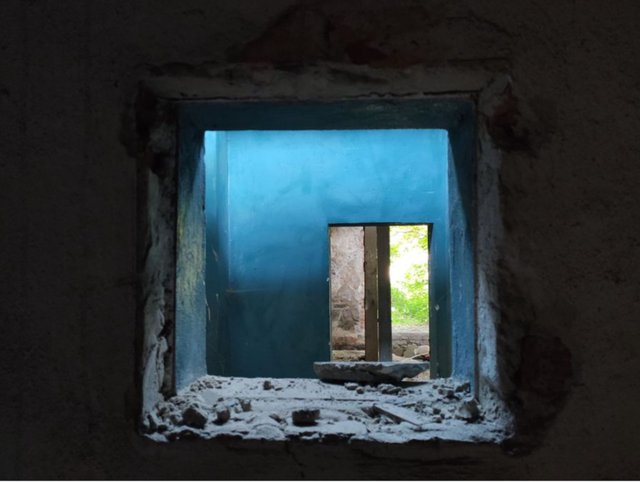
The Johari Window ( window Johari ) - a concept from the field of psychology and psychiatry. The Johari window depicts a person's perception of reality and ( self )awareness, as well as the perception of this person by external observers, dividing it into four areas:
*Area one - conscious. "I know, I see, others know, they see". It denotes aspects of reality known and accessible to all, including the person in question.
*Area two - hidden. "I know, I see, others do not see, they do not know". Means an area accessible only to a given person, invisible to the surroundings.
*Area three - invisible. "I don't know, I don't see, others know, they see". It means an aspect of reality invisible for the person concerned, but visible for the environment. Feedback can help the person to get to know it.
I think in the distance it was a ghost after all

*Area four - the subconscious. "No one sees anything, no one knows".
The Johari window model of perception is used in coaching, in psychological workshops for self-development, in psychiatric therapy ( severe neuroses ), and in addiction therapy, when working in therapy groups. They make the person concerned or the patient aware of the fact that no human being knows everything about himself/herself and that the total knowledge about him/herself consists of the knowledge he/she has and the knowledge he/she does not have (knowledge of others about the person concerned which he/she does not have - an example of such knowledge are rumours, usually unknown to the person concerned).
blue chamber... somewhere in an abandoned sugar factory...
